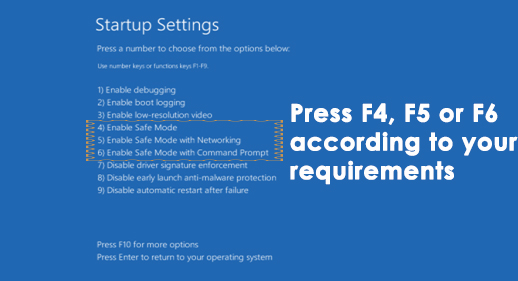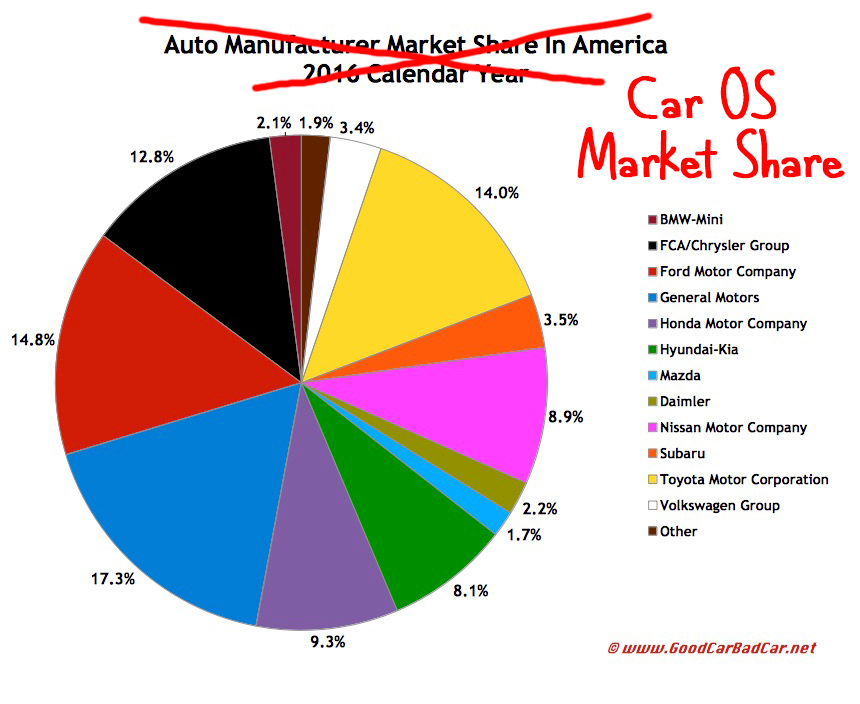


For example, 42.6% of the smallest businesses utilize Hyper-V but only 37.9% of the largest companies do. Upon closer inspection by company size, server virtualization usage at large enterprises heavily favors VMware vSphere while smaller organizations use Hyper-V at a higher rate. Only 6% of organizations are using other hypervisors such as Xen. So who’s using which hypervisors, and which vendor is winning the battle between VMware vs Hyper-V? On the whole, VMware ESXi has amassed a user base that includes 71.3% of the organizations in Spiceworks, compared to a 22.5% adoption rate for Microsoft Hyper-V. In the virtualization industry, there are multiple players. Now let's take a closer look at OSes and virtualization.Ģ016 Virtualization Usage: Hyper-V vs. In fact, according to the 2016 Spiceworks State of IT report, more than 76% of organizations are taking advantage of virtualization today, and that number will continue to grow in the future. Thanks to hypervisors (like Hyper-V and VMware ESXi) and their ability to run multiple operating systems on a single computer, IT departments have reached new levels of efficiency and better usage of precious compute, storage, and memory resources. Like a towering skyscraper, virtualization usage has soared to great heights in IT.

2016 Operating Systems and Hypervisor Market Share


 0 kommentar(er)
0 kommentar(er)
